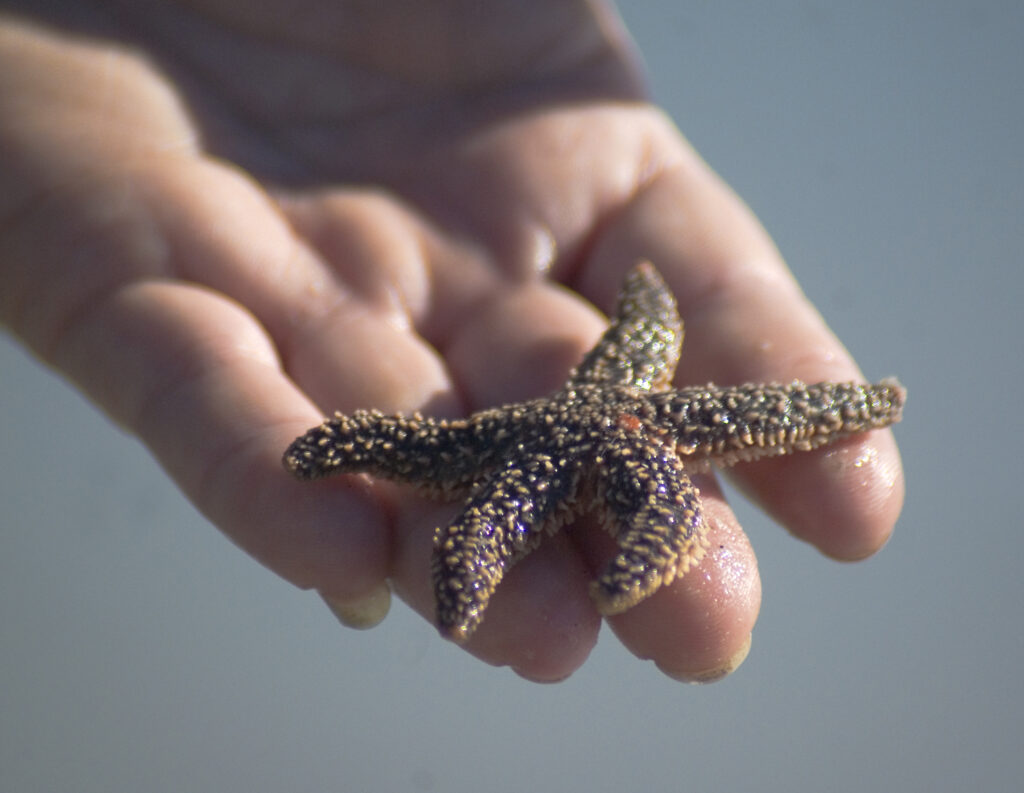Spring is the time for newborns. Even with short or mild winters, the lengthening days reach a point in February that send a signal to get ready for birth or to get about reproducing so youngsters can mature during the most plentiful and temperate time of year.
Now, in spring, the first wave of kittens is tumbling into window wells as newborns and toddling into animal shelters as unintended litters surrendered with their unwanted mothers. Kittens are found in boats parked in your driveway, in the eaves of an old garage, under a pile of debris in the back yard, on the cushion of your deck chair when you lift up the cover to clean your porch furniture. Your neighbors found a litter in the dirt under their deck and someone who works with you said a cat snuck into their garage and had kittens on a shelf. Every back yard has its own litter of kittens. And they are found in trailer parks, parking lots and abandoned buildings, parks and picnic areas and campgrounds. They are found confused along a road near their mother who’s been killed by a car as she tried to lead them to safety. They are found taped into boxes left outside the shelter door.
Yes, it starts out cute, oh, sweet little fluffballs with their Hello Kitty® ears, and the comical places these mom cats think are safe to give birth. But quickly the constant press of need, day after day, night after night, from people and cats is overwhelming. Cats and kittens need to be trapped. They need foster homes. They need food. They need formula. They need veterinary care. Some of them struggle to live. Some of them die. Some mother cats are hostile, the feral offspring of a female cat abandoned last year, or traumatized by abuse or life on the streets. Some people who find kittens are willing to help, many only want someone to come and “take care of it”. In the end, many cats will die, some because adoptable kittens filled the shelters and the adults had to move out of their cages into eternity, and some mothers and kittens failed their temperament tests for adoptability, some because people considered them pests and called animal control or an exterminator which in many states are under no regulation to save them, some because the local pound doesn’t hold cats, some because there was no one who did anything at all. And somewhere in there, someone who already has more cats than they can feed and take care of is taking in yet more to be neglected and to inbreed and to starve because they think they can save them.
One thing is a constant in all this: abandoned, feral or unsocialized, these cats didn’t run off to the wilderness to have their kittens, they came to humans. In the wild, natural conditions and predators keep populations under control. The animals whose genetic shift removed them from the wild and brought them to share our lives are our responsibility, and socialized or not, they come to us for help.
This overflow of kittens is preventable by something cats cannot do for themselves but we can easily do for them any day of the year: spay or neuter. Spay or neuter your own cats. Encourage people whose cats are not spayed or neutered to get them done. Encourage people whose cats have a litter of kittens to spay the mother and not give the kittens away to anyone without veterinary care. Find low-cost spay/neuter programs and offer to help people take advantage of it. Find the owners of cats you see outdoors or determine if they’ve been abandoned. Help rescue cats living outside and spay and neuter them too if they haven’t been, and help bring them in and find a new home if they are friendly. Work with a shelter or rescue, and create a network of people who can work together so it doesn’t all fall on a small group of people.
More cats than dogs live in homes as pets in the US but cats still receive only half as much health care as dogs1, they are euthanized at a higher rate than dogs2, and are often abandoned when they go into heat or are found to be pregnant, which brings us back to all those kittens popping out of the earth like mushrooms. I firmly believe that cats are often considered of so little value that a portion of our society has always thought that when you didn’t want your cat anymore it was okay to put it outside and leave it and not care what happened to it, that cats receive less care and treatment when kept as a pet and sometimes none at all, that some animal shelters don’t even hold cats in cages to wait for an owner to show up but euthanize them immediately, because there are so many cats that people either see them as disposable or that there are so many cats it would be impossible to do anything for them all and so they do nothing for any of them.
You’ve probably heard the story of the starfish: one person is walking along the sunrise beach as the tide goes out tossing one starfish after another back into the sea because the starfish can’t make it back into the water on their own and will die in the sun, and another person who comes along and claims that action is pointless because there are hundreds of starfish along the beach and not all can be saved.
But some were saved, and that made all the difference to the starfish who found themselves back in the waves and floating back out with the tide. And if that person who had called it pointless had started tossing starfish back into the sea instead of arguing about the validity of trying to save any in the face of such volume, even more could have been saved.
All those cats and kittens needing rescue right now are the many starfish that litter the beach. We can’t save them all, but we can save a lot of them if we work together. And those we save, who are spayed and neutered and sent to good homes where appropriate, won’t be out there next year, producing more kittens to be found under someone’s porch needing to be saved and starting the whole cycle all over.
But some of those starfish are people, and part of rescuing these cats is their education. Hopefully the people we help take the idea of spaying and neutering seriously and will in their turn spread the word, thereby saving even more metaphorical starfish. And to make it even better, those kittens and cats you saved and sent off to good homes will not only not be on the street living dangerously and reproducing, they will be the beloved companions of someone who will cherish them.
Even saving one mom cat and litter prevents the potential birth of dozens next year. Go ahead and grab that starfish, toss it back in the ocean, and make a difference.
1Catalyst Council FAQ.
2“Pet Statistics”, ASPCA®, http://www.aspca.org/animal-homelessness/shelter-intake-and-surrender/pet-statistics



